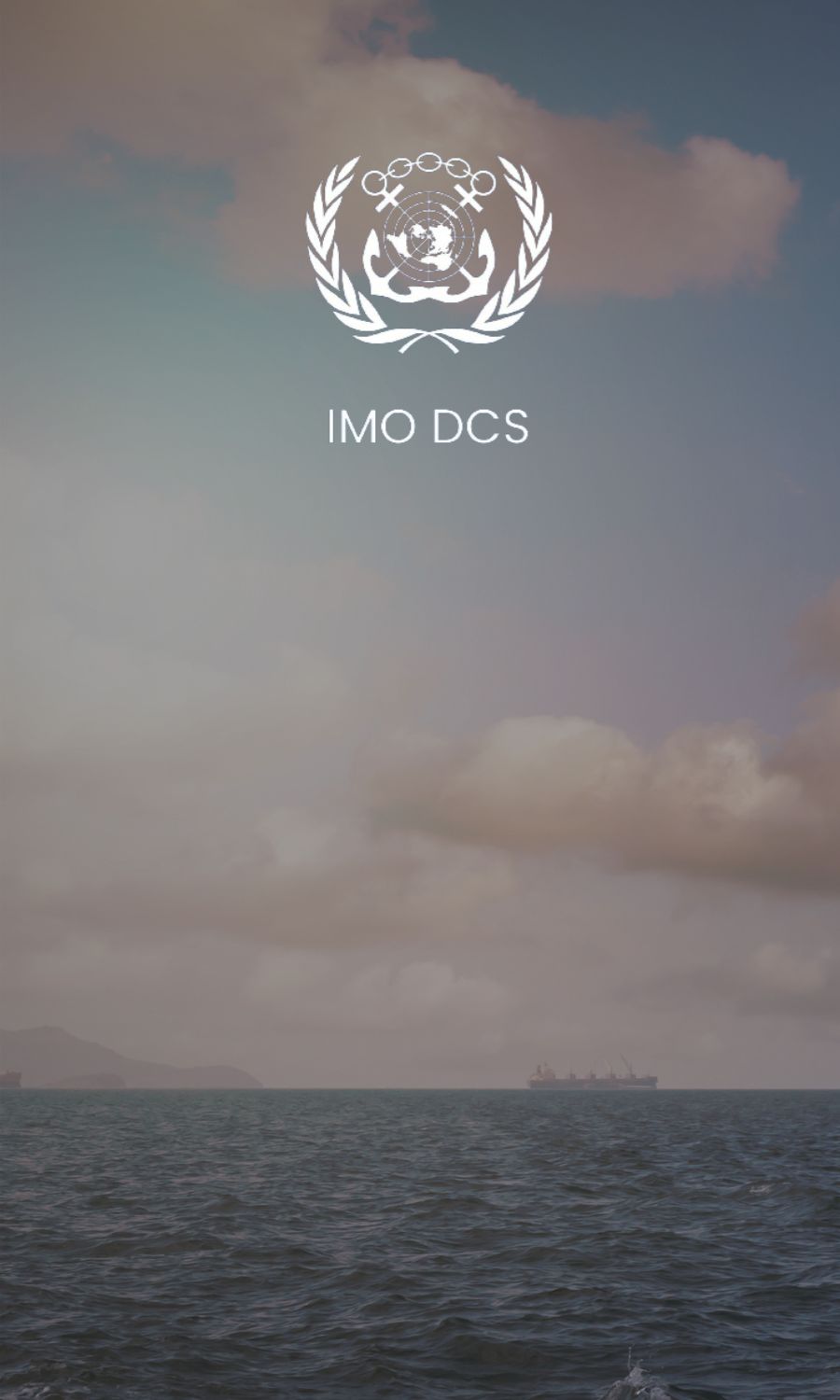IMO-DCS
IMO's Data Collection System
The History of IMO-DCS
In October 2016, as a part of the MARPOL convention, the Maritime Environment Protection Committee (MEPC) during its 70th conference adopted (by resolution MEPC.278(70) the Global DCS. The objective was to collect & analyze ship data to make decisions about improving energy efficiency & reducing GHG emissions from ships.
Starting from 1 January 2019, ships of 5000 GT and above were required to collect consumption data for each type of fuel oil they use as well as other specified data. Learn more about IMO-DCS Software & how Ecosail can help you

About IMO-DCS
What is IMO-DCS?
The International Maritime Organization (IMO) has implemented this mandatory fuel data collection system for large ships of 5,000 GT & above. This regulation mandates these vessels to report their fuel consumption data, distance traveled & hours underway.
IMO-DCS and its resulting SEEMP and CII-related regulations have come up as a result of MARPOL Annex VI amendments. Annex VI sets regulations regarding the prevention of air pollution from Ships.
The amendments, found at the new Regulation 22A to MARPOL Annex VI, entered into force on March 2018 and the data collection commenced from 1 January 2019. MEPC70 also adopted the IMO 2016 ‘Guidelines for the development of Ship Energy Efficiency Plan’ (SEEMP) which, amongst other things, provides a methodology for collecting the required data.
1
The aggregated data for a year from 1st January of the year to 31st December of that year is first reported to the Flag State after the end of the year.
1
1
The aggregated data for a year from 1st January of the year to 31st December of that year is first reported to the Flag State after the end of the year.
1

IMO-DCS SoC
Get your IMO-DCS Statement of Compliance
Your vessel will receive IMO-DCS SOC Certificate from the Flag State after the Flag State verifies that the reported data is in accordance with IMO’s requirements. Following the end of each calendar year, but not later than 31 March of the subsequent year, ships must submit reports to the Flag State or RO on the required fuel oil consumption data for the previous calendar year.
The Flag usually issues this IMO-DCS Certificate (SoC) within 2 months of receiving the data. This Statement of Compliance is valid till 31st May of the following year, or until replaced by a new SOC. The Statement of Compliance shall be valid for the calendar year in which it has been issued and for the first five months of the subsequent calendar year.
IMO-DCS Ecosail's Solution
How does Ecosail help with IMO-DCS Compliance?
To ensure IMO-DCS Compliance, vessels have to record & report all key data. In doing so, each & every report needs to be considered – such as Arrival & Departure Reports, Time spent at Sea, SBE, FWE, Beginning, Halt, Resume & End of Sea Passage, Maneouring or Drifting, Drop & Heave anchor, etc. apart from the regular Noon Reports.
IMO-DCS Reporting is integrated into Ecosail’s Vessel Reporting in our Eco-compliance Module, which helps to reduce reporting errors, and acts as a single point of all ship-related reporting, so your ship staff don’t have to fill multiple reports to cater to different entities & formats.
Time-saving
Automated data collection, seamless reporting, real-time compliance monitoring
Cost-saving
Reduces manual errors, optimizes fuel efficiency, avoids compliance errors that could be crucial
User-friendly
UI that is easy to understand & relate by crew members. Input details can be much easily sent
Secure
Encrypted data transmission, secure access controls, robust DDoS threat protection.

Comparing with EU's MRV Regulation
IMO-DCS and EU-MRV
Tell them exactly what this service will do for them.
Focus on the direct benefits to the user, rather than just listing the features of your service. You can also address any objections you think they might have.
Keep your target audience in mind, and keep it simple.

Comparing with EU's MRV Regulation
IMO-DCS SEEMP II
Tell them exactly what this service will do for them.
Focus on the direct benefits to the user, rather than just listing the features of your service. You can also address any objections you think they might have.
Keep your target audience in mind, and keep it simple.
